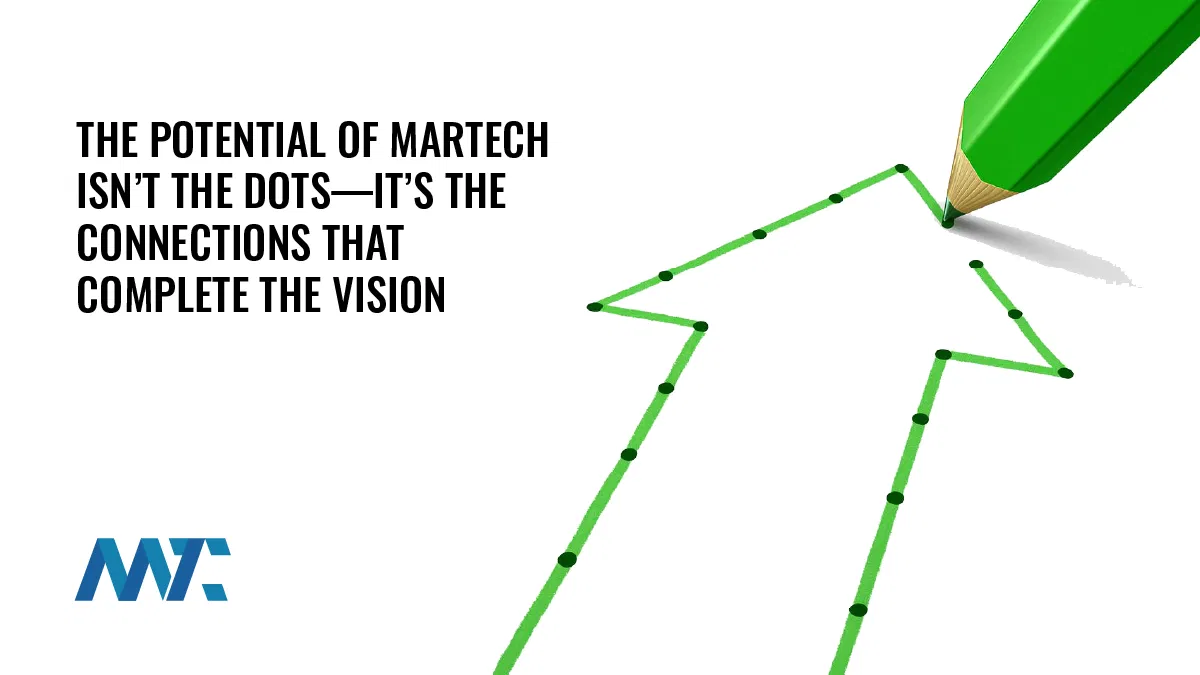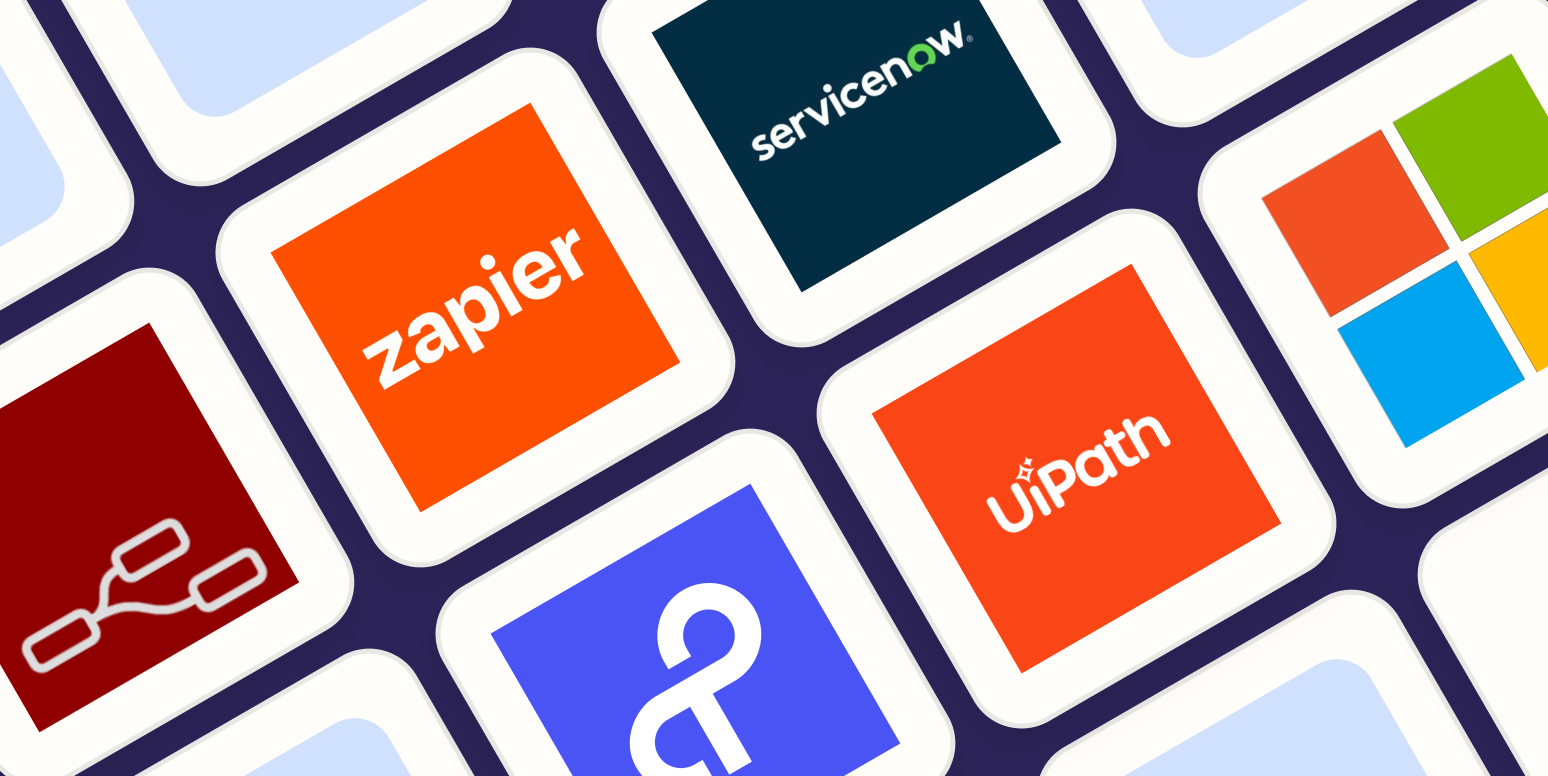
The modern Software as a Service (SaaS) landscape is built on a deceptively simple revenue model: charge customers based on the number of contacts stored in the system. Whether you’re working with an email service provider, CRM, customer data platform, or sales engagement tool, your subscription tier is often determined by database volume rather than database quality. Over time, this creates a pricing penalty that can quietly drain budgets while delivering no business value.
I experienced this firsthand with my own email platform. Even though I use double opt-in, more than a third of the contacts in my account had never actually confirmed their subscription. They were recorded as billable entries the instant they submitted a form—even though they never completed the verification step. That alone pushed me into a higher pricing tier than my actual audience required.
But as I dug deeper, the problem expanded. Hard-bounced emails were still counted as contacts. Soft-bounced addresses lingered for months. Some subscribers hadn’t opened or clicked an email in ages. Email platforms often suppress these addresses from future sends, yet they continue billing for them until you manually remove or automate the purge. After upgrading my plan to allow automations, I removed unconfirmed subscribers after 10 days and purged unengaged contacts after 90 days. My list shrank dramatically—and I was able to drop to a more affordable tier.
The same pricing trap appears across other SaaS categories, particularly CRM systems. CRMs often become long-term data graveyards, storing years of leads that no longer have a pulse. Maybe the opportunity died. Perhaps the target company was acquired and its domain changed. Maybe the organization rebranded. Possibly it went out of business entirely. In every one of these cases, the value of the contact is gone—but the record remains, inflating your count and keeping you locked into a higher pricing tier.
Some companies have tens of thousands of dead CRM records accumulated from past team members, legacy workflows, or old integrations. Every outdated lead, every abandoned account, every obsolete email address becomes part of your monthly bill. Unless you regularly audit and prune these contacts, you’re paying for ghosts—data that will never again generate an opportunity or produce revenue.
The problem grows even larger when you factor in the rise of disposable email services, privacy-protecting relay domains like Apple’s private email feature, and temporary inbox providers. These addresses frequently slip through signup forms, appear valid, and then offer zero long-term value. Yet they count toward billing in both email platforms and CRMs. Without active cleanup processes, these contacts accumulate silently and inflate your costs month after month.
Businesses often assume these systems will automatically manage data hygiene. Many do not. Some hide cleanup features behind premium tiers. Others require advanced automation to remove dead data. In many cases, the responsibility falls entirely on the customer.
This is where outside cleansing services can help. Providers such as ZeroBounce, NeverBounce, and BriteVerify can identify temporary emails, private relay domains, invalid addresses, and high-risk entries before they inflate your bill. Incorporating a reputable validation service into your workflow keeps your lists cleaner, your deliverability stronger, and your costs tied to meaningful subscribers—not noise.
Below are the most common ways contact-based SaaS platforms inflate costs, along with the pitfalls businesses should be aware of.
- Archived or segmented data still being billed: Storing it—even if you never touch it—counts toward your tier.
- Data cleanup tools locked behind higher plans: Ironically, you may have to pay more just to remove what you’re paying for.
- Duplicate entries across systems: Multiple contact records for the same person, each using a different email address.
- Hard and soft bounces retained as contacts: Suppressed for sending, but still counted in your total until deleted.
- Inactives who never open or click: Long-term non-engagers artificially expand your database without contributing value.
- Leads that no longer exist in the real world: Dead opportunities, acquired companies, rebranded businesses, and defunct organizations remain as billable contacts.
- Overage charges: Some platforms allow you to set a pricing tier, but don’t automatically upgrade your plan when you exceed the limit. Instead, they bill extra per contact above your threshold.
- Storage-based billing replacing usage-based billing: Platforms increasingly charge for simply storing data, regardless of whether you interact with it.
- Temporary email addresses and private relay domains: Disposable and privacy-protected emails slip into your system, then quietly inflate storage and subscription tiers.
- Unconfirmed email subscribers automatically added to billing counts: Double opt-in only works if you actively remove people who never complete the process.
The SaaS pricing penalty stems from a simple truth: vendors profit when your database expands, even if that expansion comes from unconfirmed, outdated, or irrelevant contacts. Companies that never audit their data wind up paying far more than necessary while gaining nothing from those stored records.
A disciplined approach to data hygiene—combined with regular audits, smart automations, and reputable cleansing services—ensures that your monthly SaaS costs reflect real contacts, real prospects, and real value. Anything else is wasted spend masquerading as growth.






